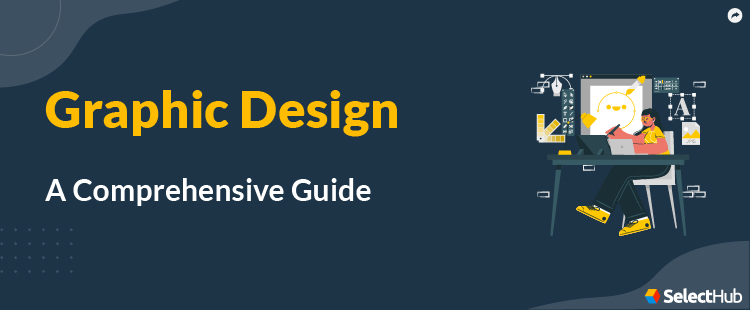Unveiling the Essence of Graphic Design: A Multifaceted Discipline
Graphic design is a field that seamlessly blends creativity, communication, and technology to craft visual solutions that inform, engage, and inspire audiences. While a single, universally accepted definition might be elusive, here’s a comprehensive exploration of the core elements that encapsulate the essence of graphic design:
The Art of Visual Communication:
At its heart, graphic design is the art of using visual components to communicate ideas and messages. Graphic designers employ a vast arsenal of visual elements, including:
- Typography: The art of selecting and arranging typefaces to create visually appealing and readable text.
- Imagery: This encompasses photographs, illustrations, icons, and other visual elements that can evoke emotions and convey information.
- Color: Colors play a significant role in establishing mood, hierarchy, and brand identity.
- Layout and Composition: The arrangement of elements on a page or screen is crucial for guiding the viewer’s eye and creating a cohesive visual experience.
Beyond Aesthetics: Functionality is Key
While aesthetics are undeniably important, effective graphic design goes beyond creating visually pleasing compositions. It must also be functional and achieve its intended purpose. This can involve:
- Clarity and Usability: The design should be clear, concise, and user-friendly, ensuring the message is effectively communicated and understood by the target audience.
- Problem-Solving: Graphic designers are often tasked with solving communication problems. They use visual elements to present information in a way that is easy to digest and act upon.
- Brand Identity: Graphic design plays a crucial role in establishing and strengthening brand identity. Logos, color palettes, typography, and visual styles all contribute to creating a recognizable and memorable brand image.
The Tools of the Trade:
Graphic designers have a vast array of tools at their disposal, both traditional and digital. These tools allow them to bring their creative visions to life:
- Design Software: Software like Adobe Photoshop, Illustrator, and InDesign are industry standards for creating and manipulating visual content.
- Typography Tools: Font libraries and typography software enable designers to select and customize fonts for optimal visual impact.
- Traditional Tools: Sketches, hand-drawn illustrations, and even physical prototyping remain valuable tools for brainstorming and exploring design ideas.
The Diverse Landscape of Graphic Design:
The world of graphic design encompasses a wide range of specializations, each catering to specific communication needs. Here are some prominent examples:
- Print Design: This includes designing layouts for magazines, brochures, newspapers, and other printed materials.
- Web Design: Creating user interfaces (UIs) and user experiences (UX) for websites and web applications falls under web design.
- Branding and Identity Design: Developing logos, color palettes, and visual styles that represent a brand is the domain of branding and identity designers.
- Marketing and Advertising Design: Crafting visually compelling marketing materials like posters, social media graphics, and advertisements is a key aspect of this specialization.
- Motion Graphics: This field involves creating animated graphics and motion design elements for videos, presentations, and other multimedia projects.
The Evolving Nature of Graphic Design:
Graphic design is a constantly evolving field that adapts to keep pace with technological advancements and societal changes. Here are some emerging trends:
- User Experience (UX) Design: With the increasing focus on user-centered design, UX design principles are becoming increasingly important across various graphic design specializations.
- Motion Graphics and Animation: The growing popularity of video content is driving the demand for designers skilled in motion graphics and animation.
- Interactive Design: As technology allows for more interactive experiences, graphic designers are incorporating interactive elements into their creations.
- Accessibility: Ensuring designs are accessible to users with disabilities is a growing concern for graphic designers.
In Conclusion: A Symphony of Creativity and Communication
Graphic design is not merely about making things look pretty. It’s a multifaceted discipline that requires a blend of artistic talent, technical skills, and strategic thinking. By effectively using visual elements, graphic designers create solutions that inform, engage, and influence audiences, leaving a lasting impact on the world around us.
FAQ
- What skills are essential for a successful graphic designer?
In addition to artistic ability and an eye for design, successful graphic designers possess strong communication skills, problem-solving abilities, and proficiency in design software.
- Is graphic design a good career choice?
The graphic design field offers a diverse range of career paths with good employment prospects. The demand for skilled graphic designers is expected to continue growing in the coming years.
- How can I learn more about graphic design?
There are numerous resources available for aspiring graphic designers, including online courses, design tutorials.






More Stories
Where to Watch USMNT vs Jamaica National Football Team
How I Met My Monster
How Should a Ring Fit